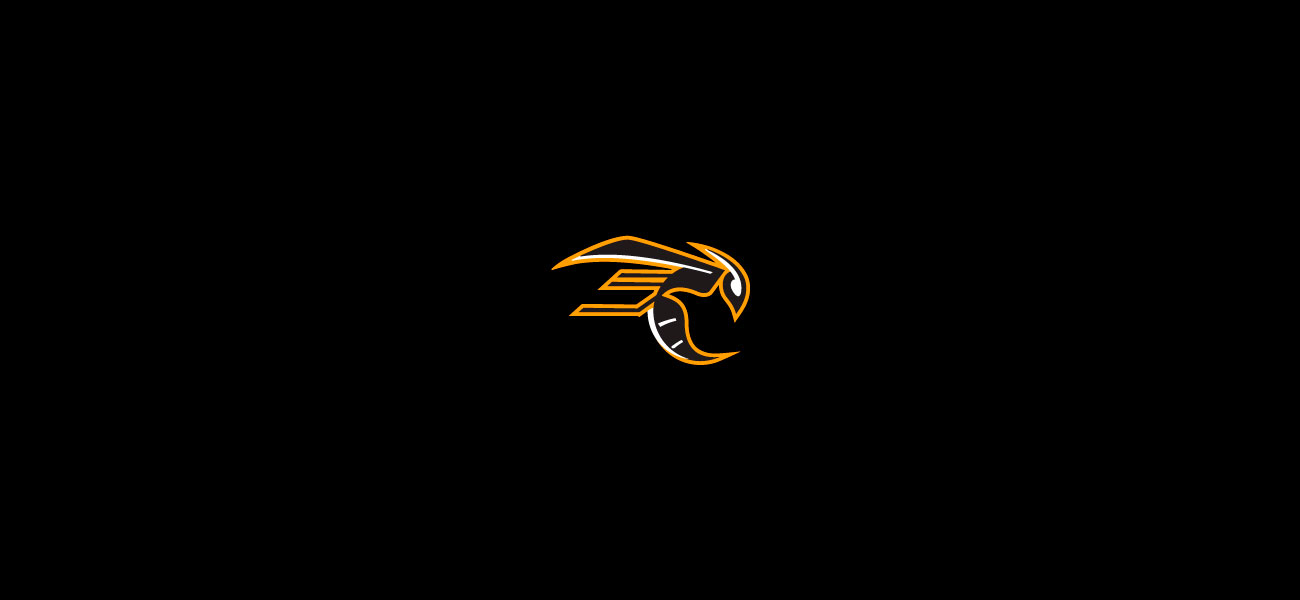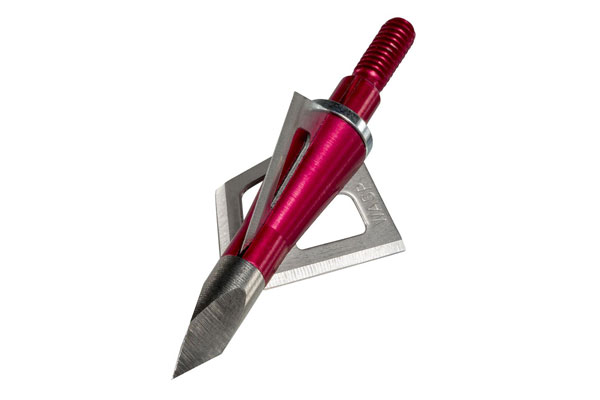Tuning a Bow Step 9: Paper Tuning
Paper tuning a bow will assure you are using the right arrows, have no clearance issues and your rest is aligned properly. By shooting through a sheet of paper, you can analyze the tear your arrow leaves and make adjustments as need. Below is a paper tuning guide to help you tune your bow before sighting in with field points.
Paper Tuning Guide:
- Secure a sheet of paper – wax paper, newspaper or gift wrapping paper work well – to a picture frame or a piece of cardboard with a 24” x 24” window cut out of it. You want the paper to be positioned shoulder-height, four to six feet from your shooting line. Place a target at least four feet behind the paper to stop the arrow. Be sure the arrow can pass completely through the paper before it hits the backstop.
- Shoot a fletched arrow through the paper and observe the tear that is made. Compare the tear to the examples below.
Perfect Arrow Flight Tear: A tear like the shape above shows the arrow is stable as it’s passing through the paper. Shoot a few more times to be sure your bow setup is perfect.
Low vertical tear: If you get a tear like this when paper tuning, your nock is likely too low. Raise it in 1/16-inch increments until you are getting a tear indicting perfect arrow flight. If adjusting the nock point does not fix the issue, have your local bow repair shop check the timing of your bow’s cam(s).
High Vertical Tear: This tear can be the result of multiple issues, such as, too high of a nocking point, an arrow making contact with the rest or using an under-spined arrow. Check the arrow fletching for evidence of contact with the rest. If you believe this is the cause, rotate the arrow’s nock a quarter-turn and test again until tear improves. If adjusting the nock doesn’t help, start moving the rest horizontally towards the riser in 1/64-inch increments. If your arrow is still making contact with the rest, you may need to replace the fletching with lower profile vanes.
If your arrow is not making contact with the rest, and you are still seeing a high vertical tear, lower the nock point in 1/16”-inch increments until you are getting a perfect arrow flight tear. Finally, if you find nocking point and clearance to be in tune with the bow, try using a stiffer arrow shaft and see if the tear is improved. If that does not fix the issue, have your local bow repair shop check the timing of your bow’s cam(s).
Left Horizontal Tear: If you are getting this tear and are a right handed shooter, move your rest right (towards the riser) in 1/64-inch increments, until the tear is perfect. If that does not correct it, try a stiffer shaft.
Right Horizontal Tear: Make the adjustments needed to fix a Left Horizontal Tear in the opposite direction (move the rest to left if you are a right handed shooter).
Diagonal Tear: An arrow making a tear diagonally is a sign of multiple issues. First, work on the vertical tear issues above and then make movements to the rest until you are making a perfect tear in your paper tuning tests.
We hope this paper tuning guide helps your bow tuning efforts to achieve perfect arrow flight. If you are observing inconsistent tears throughout the paper tuning process, make sure your form is consistent. Once you are shooting bullet holes through the paper, it’s time to sight-in using field points. Stay tuned for tips on the next step.
View All Posts

